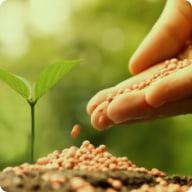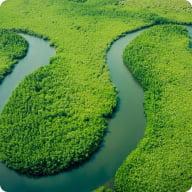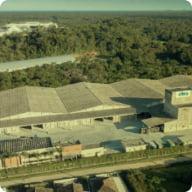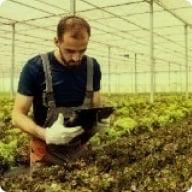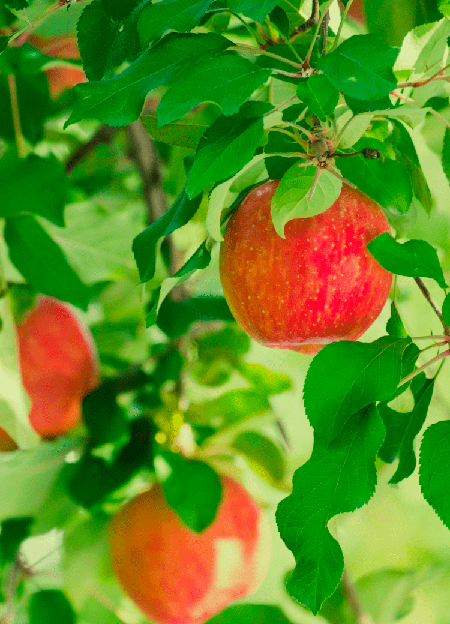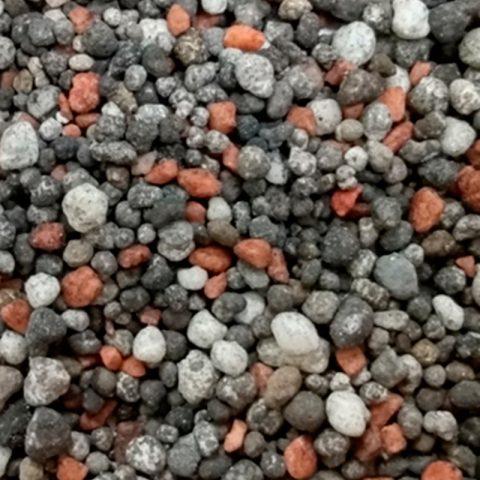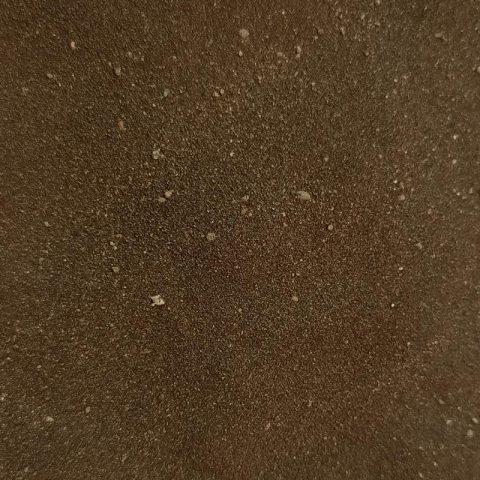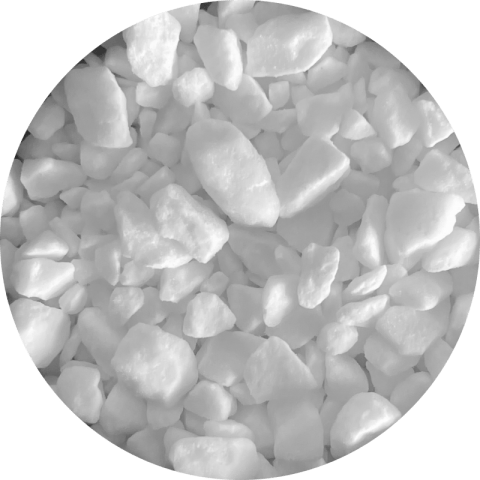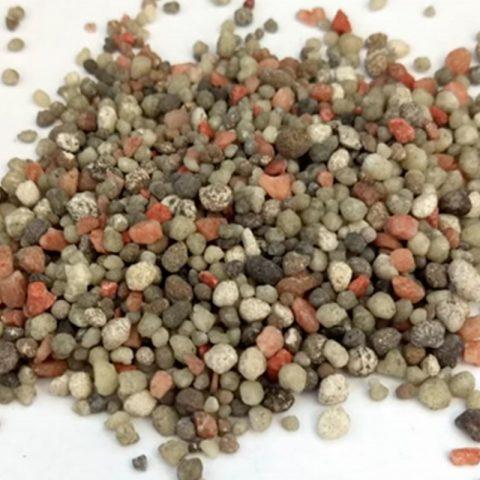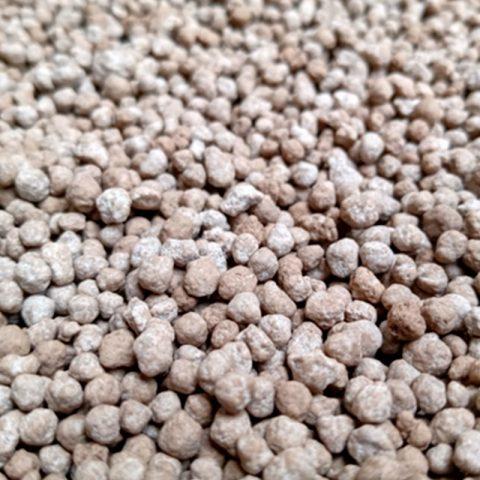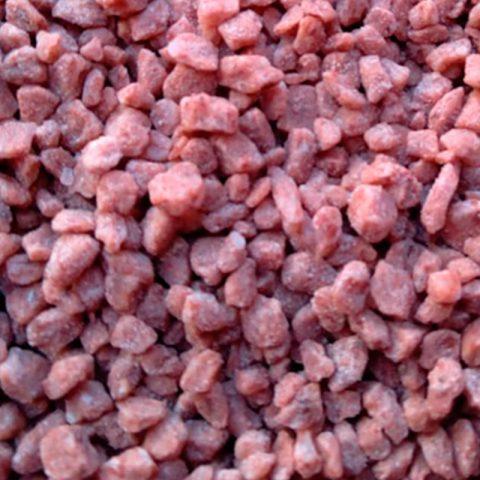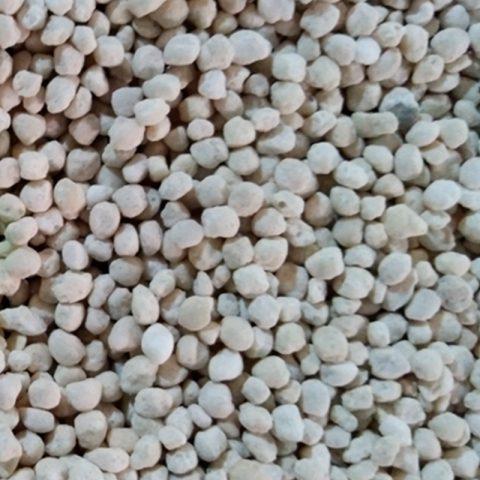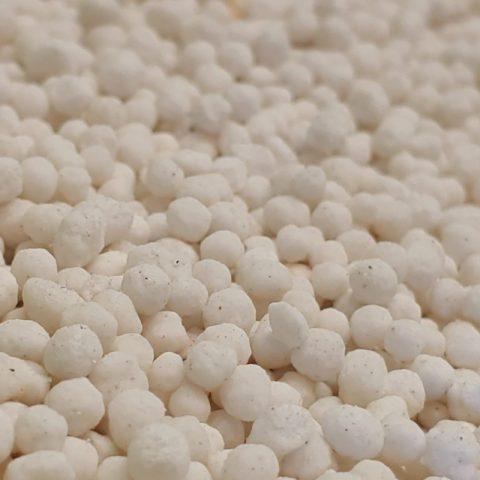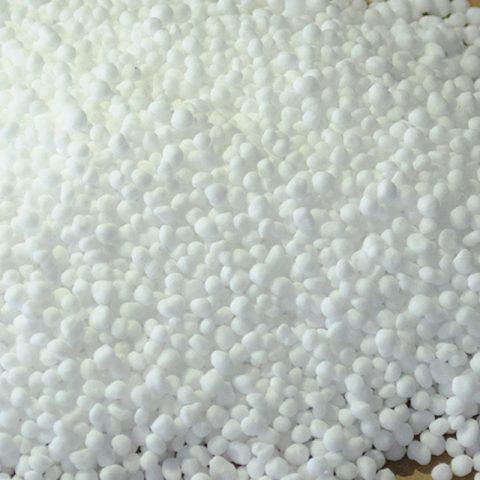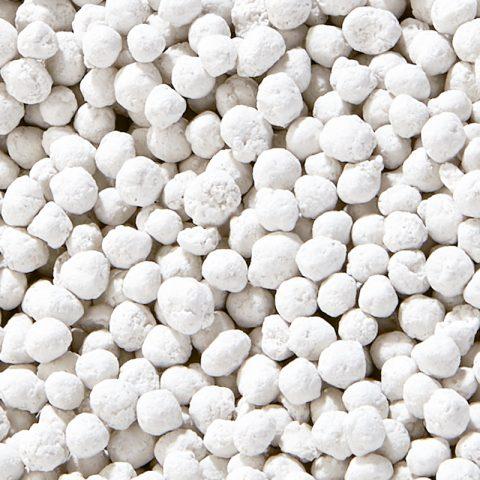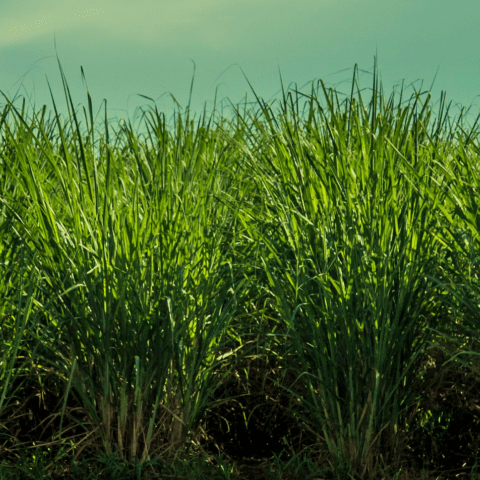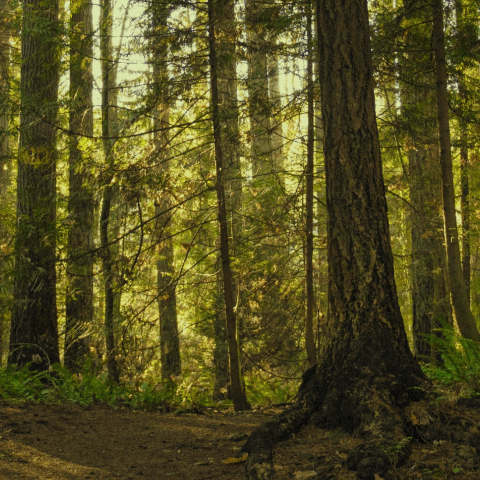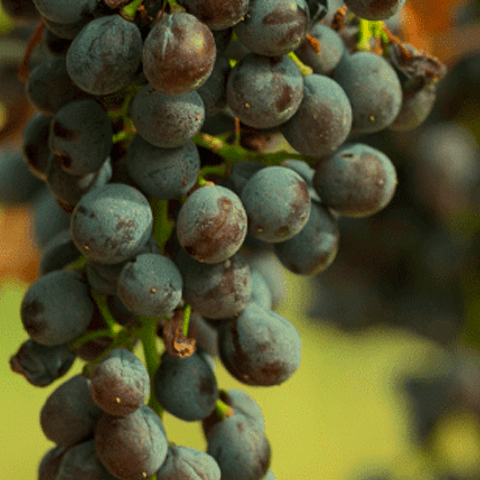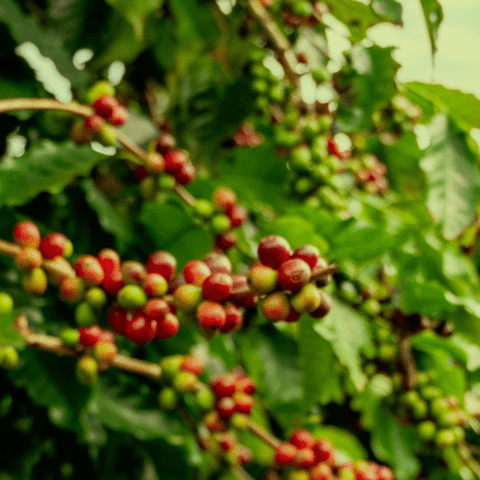APPLE IN THE NATIONAL MARKET
Brazil is in 13th place in the world in production, with a volume of about 1.1 million tons of the fruit.
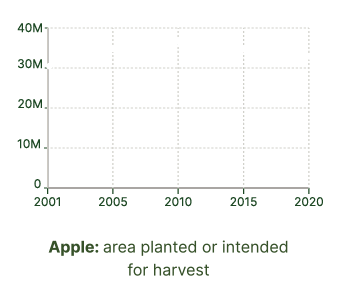

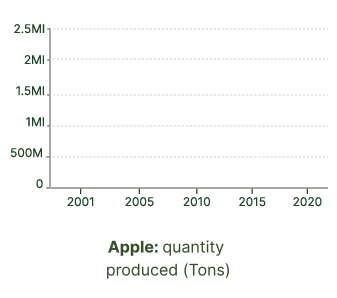
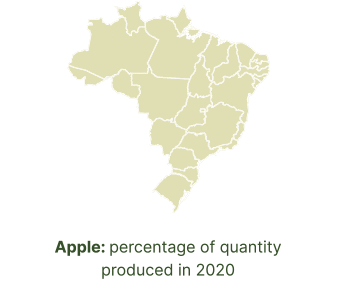
What do you need to know
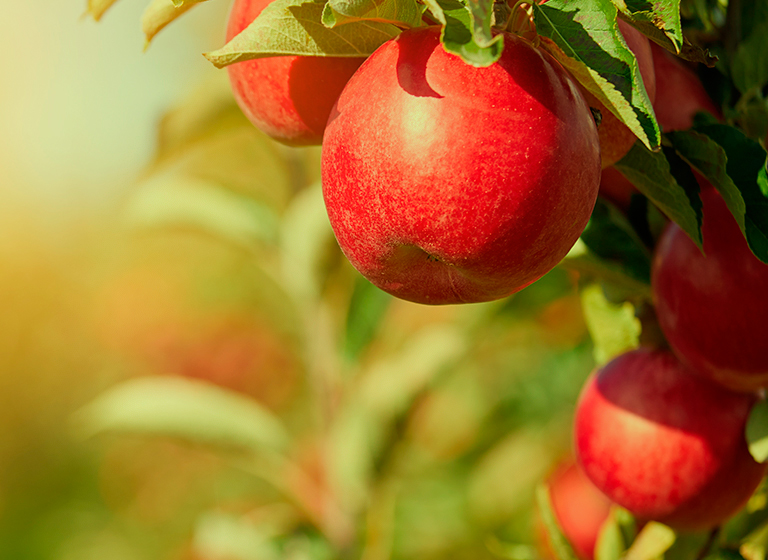
Phosphorus (P) is the macronutrient most required by the apple crop, because without this element, cell division and growth are not possible.
China is the largest apple producer in the world, this world power and the United States of America together are responsible for more than 50% of world production. Brazil is in 13th place in production. Apple orchards in Brazil are basically concentrated in the south of the country, mainly in the states of Santa Catarina and Rio Grande do Sul.
Apple production is challenging. It requires an attentive look at the quality of the fruit, which will be consumed, to a large extent, in natura. The apple crop is quite demanding in cultural practices, especially with regard to handling, pruning and phytosanitary treatments.
Regarding the nutrient demand of this cultivar, speaking of macronutrients, phosphorus (P) is the most required by the culture, because without this element, cell division and growth are not possible, since phosphorus deficiency reduces growth. and fruit maturation, causing large production losses. In relation to micronutrients, boron deficiency (B) is the one that most affects the apple crop, since the lack of boron increases the loss of phosphorus by the roots, which impairs the development in the formation of flowers, which are not very fertile. and can still cause a reduction in root growth.
Principais Deficiências
Main Deficiencies
Apple’s Nitrogen Deficiency (N)
As nitrogen is a nutrient that plays an important role in vegetative growth, influencing the initial formation of the plant as well as the renewal of shoots that will support future production, this nutrient has a direct effect on the quality of fruits and the nutritional balance of the plant.
Deficiency – Characterized by a slight generalized yellowing of the leaves, being more evident in the older ones.
Evolving to lower emission of shoots with the plants taking a smaller size, the yellowing becomes more accentuated.
Apple’s Phosphorus Deficiency (P)
It is an important nutrient in plant metabolism, as it participates in numerous biochemical reactions such as respiration and energy transformation, as well as in various organic compounds, in addition to participating in the constitution of enzymes, which in the case of apple trees can translate into stimulation of the early formation of roots, fast and vigorous plant growth and good flowering.
Deficiency – Upward bending of younger leaves and later older ones. These showed a lighter green color in relation to the others and rough to the touch.
Reddening of the veins and petioles may occur as initial symptoms and small, narrow leaves later.
Apple’s Potassium Deficiency (K)
Its function within the plant is to regulate the opening and closing of stomata, and the transport of carbohydrates, in addition to acting on transpiration and fruit quality, among others.
Deficiency – Characterized by a beginning of necrosis in the margins and tips of older leaves and soon after, in young leaves.
Evolving to reddening of areas located between the secondary veins and subsequent necrosis. In the quality of the fruits, the effects are manifested in the form of acidic fruits and of reduced size.
Apple’s Calcium Deficiency (Ca)
Calcium plays an important role in the plant, since it is a constituent nutrient of the middle lamella of cell walls and its presence is essential for the development of the root system.
Deficiency – Characterized by a slight yellowing of the youngest leaves. Subsequently, some young leaves have curved downwards and the newly sprouted leaves are undersized.
Apple’s Magnesium Deficiency (Mg)
It is one of the constituents of chlorophyll, its presence is essential for photosynthesis.
Deficiency – Initially the older leaves show yellowing and interveinal chlorosis. Next, parts of the margins of the necrotic leaves appear. Necrotic areas may also occur between the main and secondary vein.
Deficiency symptoms are very clear and initially occur on the older leaves at the base of the branches, characterized by yellowing of the interveinal regions of the leaves, whose V-shaped spots evolve from the leaf margins towards the central vein.
Apple’s Sulfur Deficiency (S)
Sulfur is essential for plants, as it is a nutrient that plays a structural role in several important molecules of metabolism.
For example, molecules from the amino acid group such as methionine, cysteine and cystine, which are necessary for the formation of proteins. In addition, they play a structural role in molecules such as lipids, polysaccharides, flavonoids, alkaloids, among others. Also, flavonoids and alkaloids are representatives of molecules linked to the secondary metabolism of plants.
Deficiency – Young leaves of apple trees deficient in sulfur showed a lighter green color.
Apple’s Iron Deficiency (Fe)
Iron has an effect on several redox reactions in the plant, acting as a catalyst. Furthermore, the presence of iron is related to the formation of the chlorophyll structure.
Deficiency – Deficiency symptoms of this nutrient are characterized by interveinal chlorosis in young leaves.
Apple’s Manganese Deficiency (Mn)
Manganese has an effect on several enzymatic processes, acting as an important activator.
It also acts in respiration, photosynthesis and organic acid metabolism. Symptoms of deficiency of this nutrient are characterized by chlorosis without defined areas.
Deficiency – It affects the young leaves and intermediate leaves, causes chlorosis between the veins, evolving to necrotic spots and can cause a reduction in root growth.
Apple’s Zinc Deficiency (Zn)
Zinc has an effect on plant metabolism as it is an enzyme activator.
Deficiency – The symptoms of deficiency of this nutrient are characterized by the formation of short internodes, which result in small shoots in the form of a rosette, resulting from the action of zinc on auxins.
Symptoms may appear only on some branches of the plant. The leaves are smaller, narrow and stiffer than the normal ones, showing interveinal chlorosis.
Apple’s Copper Deficiency (Cu)
Copper is important for plant growth and for maintaining the quality of fruit production, as it is required for cellular metabolism, is associated with photosynthesis, lignin and protein production, and antioxidant activity.
Deficiency – The plants show visual symptoms of wilting and subsequent fall of terminal leaves from new shoots, and, in more severe cases, death of the apex of the branches may occur.
Apple’s Boron Deficiency (B)
It is responsible for the formation of flowers, development of fruits, growth of trees.
Deficiency – Characterized by yellowing from the center to the tips of the youngest leaves. Evolving towards the pointers that present less development and the leaves show dark spots between the veins and the margins. Some newer leaves may be curved down and rough to the touch.
Boron deficiency often causes cracking and external cork symptoms in the fruit. This can occur although the foliage does not show symptoms, such as rosettes of thick brittle leaves and dieback of growing points. Boron deficiency causes premature fruit drop and fruit quality can be severely impacted by cork formation. If the inner cork develops too soon, the affected fruit will be severely deformed.
Fertilizantes Indicados
Indicated Fertilizers
Veja também
Nitrocap, BaseFort, FosCibra, MAP
Monoammonium Phosphate ...
See more
Nitrocap, BaseFort, FosCibra, MAP
Monoammonium Phosphate ...
Pragas da maçã
Pragas das raízes do algodoeiro,
pragas das folhas e hastes
pragas das estruturas frutíferas.
- Mosca-das-frutas
Anastrepha fraterculus - Grafolita
Grafolita molesta
- Ácaro-vermelho
Panonychus ulmi - Lagarta-enroladeira
Bonagota cranaodes
Doenças da maçã
Doenças foliares:
- Sarna-da-macieira
Venturia inaequalis - Mancha foliar da ’Gala’
Glomerella cingulata /Colletotrichum gloeosporioides, Colletotrichum spp - Podridão-amarga
Glomerella cingulata/C. gloesporioides e por C. acutatum. - Cancros-dos-ramos, podridão-branca e podridão-preta
Botryosphaeria dothidea = B. beringeriana = B. ribis spp., Botryosphaeria obtusa Physalospora malorum
- Podridão-olho-de-boi e cancro-perene
Pezicula malicorticis/Cryptosporiopsis perennans - Podridão-carpelar
Alternaria ssp., Fusarium ssp., Botrytis cinerea, Botryosphaeria dothidea e Cryptosporiopsis perennan. - Podridão-de-Armillaria
Armillariella mellea - Podridão-do-colo e podridão-das-raízes
Phytophthora cactorum e Phytophthora spp
- Roseliniose
Rosellinia necatrix/Dematophora necatrix - Xilariose, cortiça ou podridão-pretadas-raízes
Xylaria e Xylaria ssp - Podridão-por-Sclerotium causada por Sclerotium rolfsii
Sclerotium rolfsii. - Podridão-brancapor-Corticium
Corticium galactinum - Podridão por Rhizoctonia solani e Fusarium spp
Rhizoctonia solani e Fusarium spp - Podridão-por-Penicillium ou mofo-azul
Penicillium expansum

